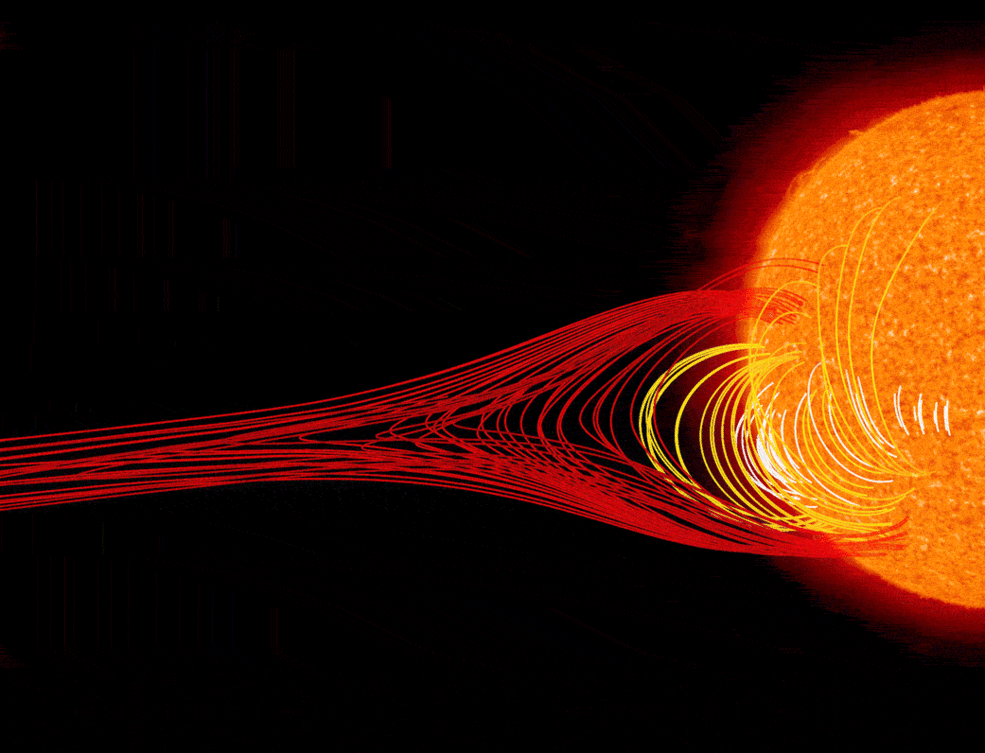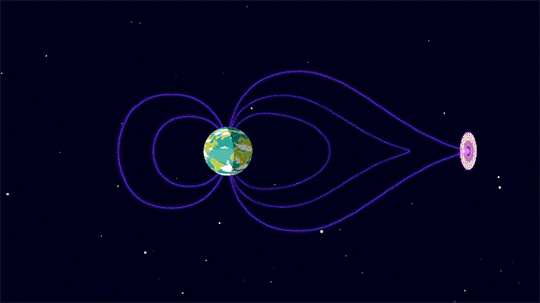When we study our atmosphere we truly feel special. Earth is the only planet that can support life and when we reach the poles it seems that even our planet is aware of its uniqueness, so it decides to celebrate and just like a conscious human, expresses this joy with a light show.
Auroras or Polar Lights, also known as the Northern Lights (Aurora Borealis) and Southern Lights (Aurora Australis), are natural light displays that occur in the polar regions of the Earth and are visible from the high latitude regions. They are caused by particles from the Sun colliding with the Earth’s magnetic field and atmosphere.
What causes auroras?

Coronal Mass Ejections: Auroras are caused when the earth’s magnetosphere is breached and the atmosphere intercepts the solar flares. Our sun constantly ejects plasma known as Coronal Mass Ejection or CME. These CMEs are charged particles (mainly electrons and protons), that approach our planet at the speed of 2000 km/s. This plasma has a magnetic field embedded in it and can cause geomagnetic storms and aurorae upon interacting with the earth’s magnetic field.
Interaction with Earth’s magnetosphere

When the coronal mass is ejected from the sun it reaches the earth within 15 to 18 hours. Since these ejections are in plasma form and are charged, they have a magnetic field of their own. As a result, they attack Earth’s magnetic field and Earth’s magnetic field acts as a shield against these ejections.

When these CMEs push the earth’s magnetic field some of the fields break down and this is where these charged particles enter our atmosphere.
Interaction with Earth’s atmosphere

When these charged particles break into our atmosphere they bump into gas atoms and produce a spark of light known as aurora. Near the north pole, they are known as the Northern Lights or Aurora Borealis and in the southern sky it’s called Southern Lights or Aurora Australis.
Auroras get their colours from the gases they interact with. Interaction with oxygen produces green and red light. Interaction with nitrogen produces blue and purple light.
Here are some of the best places to see auroras:
- Northern Hemisphere: Alaska, Canada, Greenland, Iceland, Norway, Sweden, Finland, Russia
- Southern Hemisphere: Antarctica, Argentina, Chile, New Zealand, Tasmania